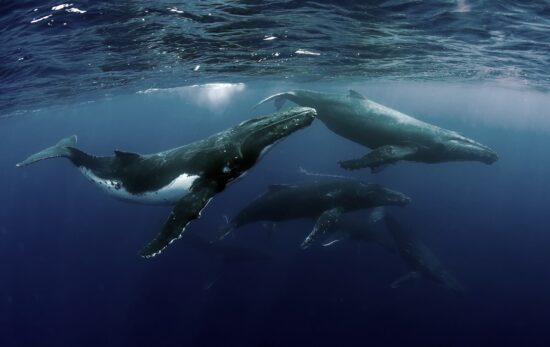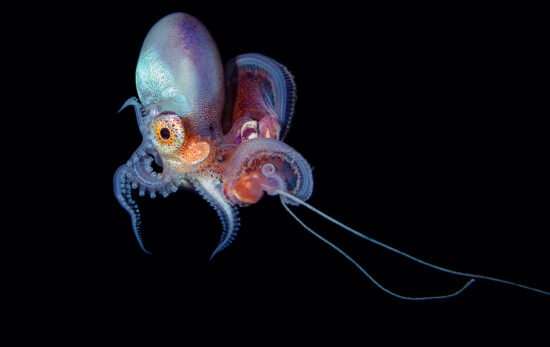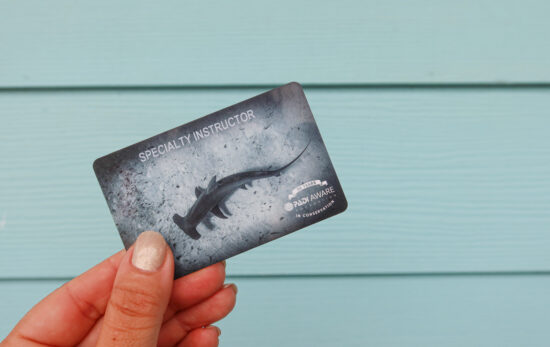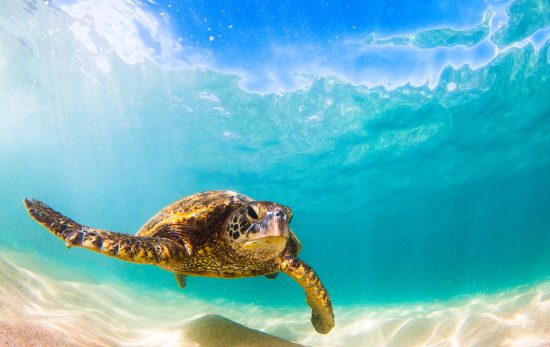The ocean’s dense green leaves shelter a wealth of vibrant and fascinating marine life.
So why not take a break from the coral reefs and check out what’s on offer in the seagrass meadows? You won’t be dissapointed!
Seagrass, mangroves and coral reefs are often regarded as individual habitats, but these three compliment each other in creating the most bio-diverse ecosystems on the planet. Together, these habitats provide more services to humanity and marine life than an individual or any two of them combined. These are not isolated systems. In fact, they need each other to thrive.
So what wildlife can be found in our ocean’s shallow seagrass meadows? From Egypt to Indonesia, seagrass and mangrove habitats offer food and shelter to literally millions of species. Here’s five of them – and where you can find them!
Species: Dugong
Where to dive with them: Marsa Alam, Egypt – Marsa Shagra Village ($)
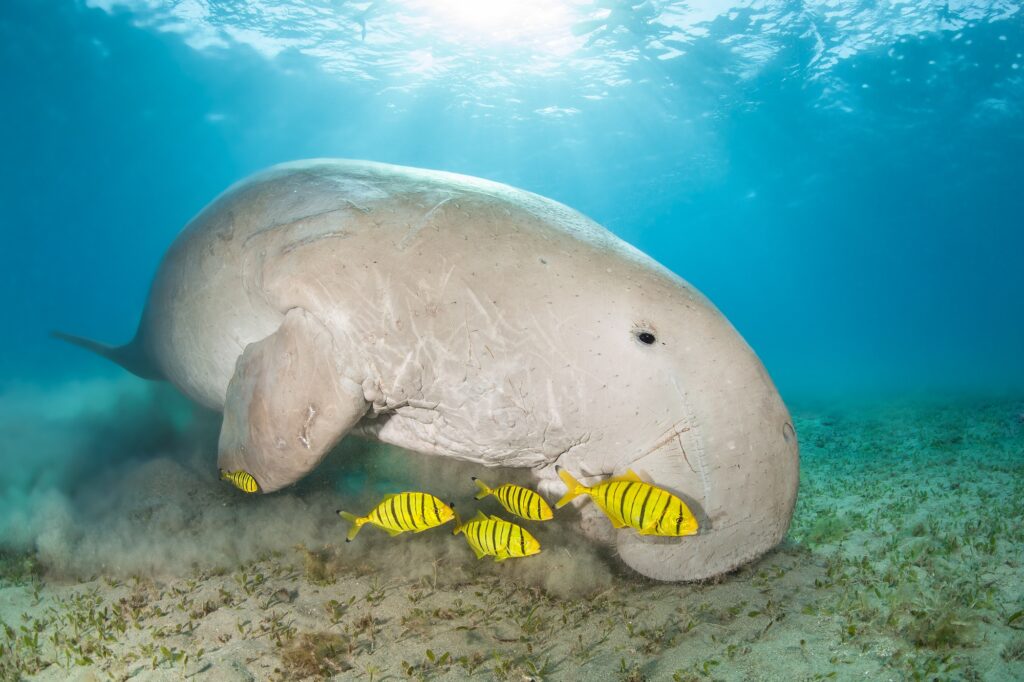
Species: Green Sea Turtle
Where to dive with them: The Gili Islands, Indonesia – Blue Marline Dive Gili Trawangan ($)
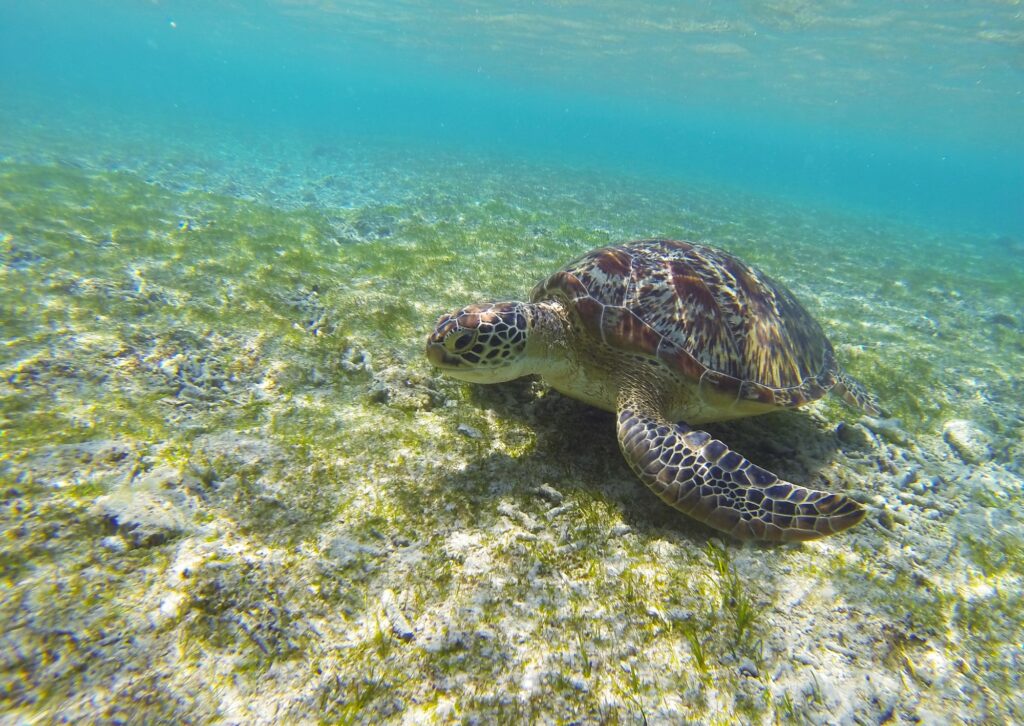
Species: Yellow Stingray
Where to dive with them: Belize – Thatch Caye Resort ($$)
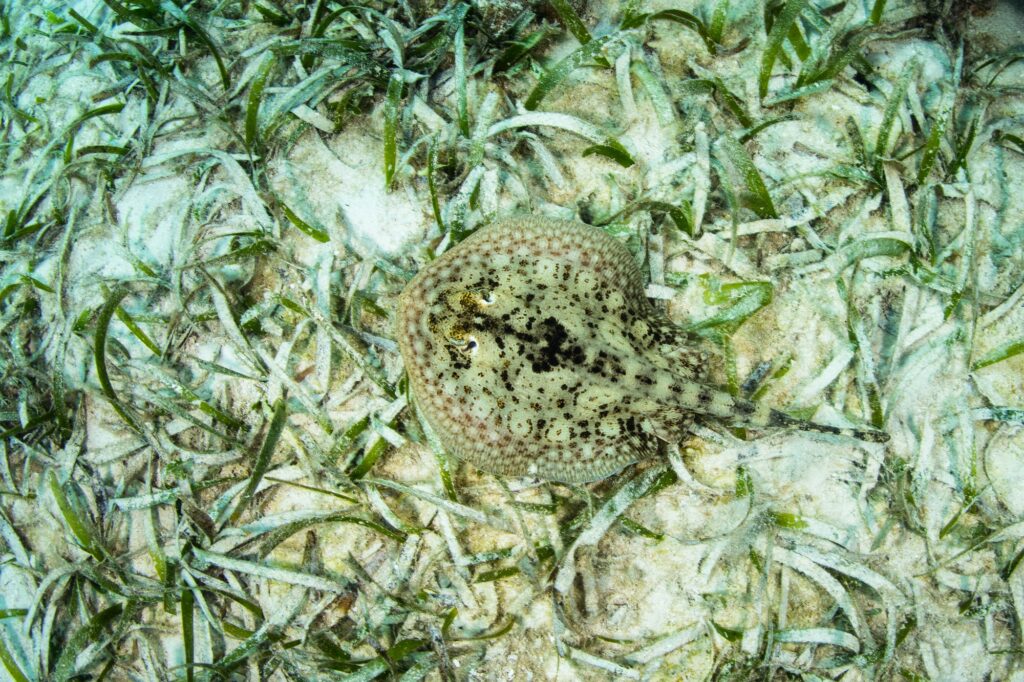
Species: Seagrass Filefish
Where to find them: Lembeh Strait, Indonesia – Blue Bay Divers Resort ($)
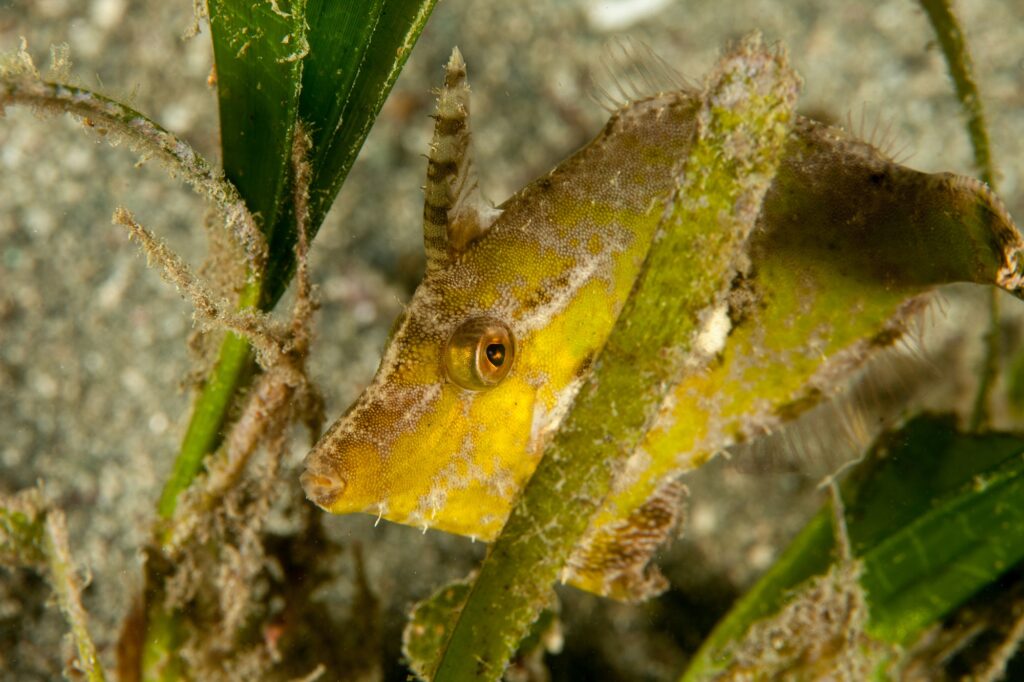
Species: Chocolate Chip Starfish
Where to find them: Wakatobi National Park, Indonesia – Wakatobi National Park ($$$)
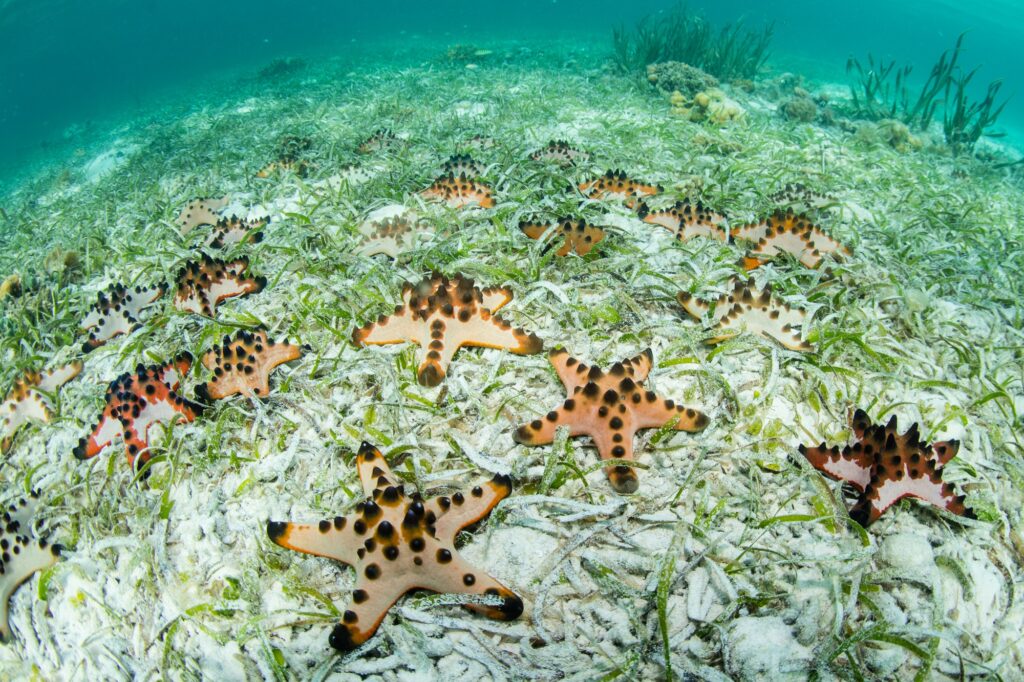
Unfortunately, scientists estimate we lose a seagrass meadow the size of a soccer field every 20 minutes due to threats including coastal development (tourism), agriculture, climate change, overfishing and pollution.
The good news is, as divers we are uniquely positioned to raise the profile of these precious habitats and call for greater protections and officially protected areas that include them. But that’s not all we can do – here’s 5 ways you can be part of the solution.
1. Donate to The SeaGrass Grow Program
Head to The Ocean Foundation’s SeaGrass Grow Calculator to work out your carbon footprint and offset it through seagrass and mangrove restoration, or donate directly to the cause
2. Advocate for Marine Protected Areas
Join the coalition of divers, surfers, sailors and over 50+ other ocean-stakeholders in calling for Marine Protected Areas. Scientists are in agreement: we must protect 30% of our shared ocean by 2030 in order to protect and conserve 100% of it. Sign and share here.
3. Take a Carbon Negative Dive Trip with PADI Travel
PADI Travel now offer SeaGrass Grow donations as part of all Dive Resort and Liveaboard packages. That means you can offset the carbon cost of your dive adventure with seagrass and mangroves. If you want to go one step further and use your dive travel to actively restore these habitats. Use the carbon calculator to work out the carbon cost of your trip, then add double that amount to your booking. The result? Carbon negative dive travel!
4. Take Photos (and Share Them!)
People protect what they love, and they love what they know, so take photos of seagrass life and share them far and wide! Become a Torchbearer and head over to the PADI Torchbearer Community Hub on Facebook to connect with like-minded ocean advocates who care. Even the act of requesting a seagrass dive at your dive shop is a step in the right direction. The more interest from divers, the more value these ecosystems offer to local communities and they will become mindful of protecting their local seagrass beds.
5. Get Hands On with Restoration
If you’ve got green fingers above the surface, there’s no reason for that to stop once you dive below the surface. Dive Resorts like Ceningan Divers and Six Senses Laamu, as well as conservation organisations and initiatives like The Ocean Foundation or Project Seagrass offer the chance to get hands on with restoration efforts.

